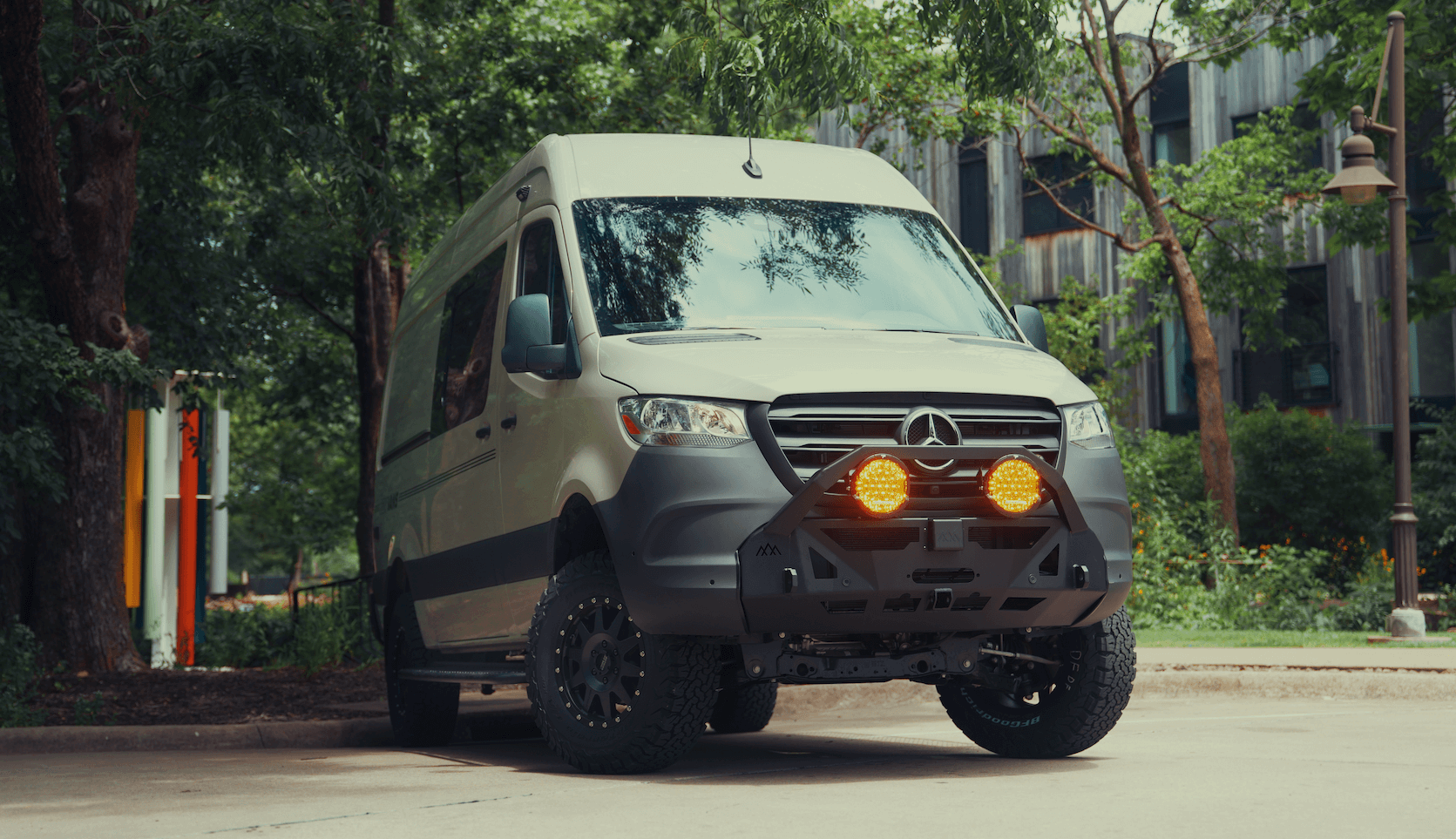Recreational Vans

Before building a Sprinter camper van, map your real days on the road. Weekend trailheads call for quick setup and simple systems. Long miles and mixed weather need quiet insulation, climate control, and an efficient galley. Decide if you are building a Sprinter RV for two or making room for bikes, boards, or a moto. This clarity drives weight planning, battery size, fridge choice, and the storage that keeps your gear secured over rough pavement and forest roads.
Treat the van like a moving tiny home. Weight distribution matters for handling and braking. Use proper mounting points and through bolting or rivnuts for cabinetry. When building out a Sprinter van, secure heavy items low and forward, keep ventilation clear, and protect wiring with loom and grommets. A thoughtful sprinter build balances mass, airflow, and noise control.
Electrical is the heart of comfort. Decide daily watt hours before buying gear. A common setup pairs a lithium bank with a smart alternator charger, shore charger, and solar as a range extender. Run dedicated circuits for fridge, fans, induction, and outlets. Label everything and protect with correct fusing.
Heating and cooling require planning beyond gadgets. Diesel heaters sip fuel and keep interiors dry. Roof fans move moisture and fumes. True air conditioning demands a large battery and proper alternator charging or shore power planning. Insulation should reduce resonance and manage moisture with a vapor aware approach using closed cell materials and thermal breaks.
Water systems start with honest capacity needs. A sprinter camper build often runs 20 to 40 gallons, with a filtered drinking line, exterior rinse, and gray tank sized to match. Use PEX or reinforced hose, a quality pump, and serviceable fittings. Keep plumbing accessible behind removable panels.
Choose lightweight ply or aluminum for cabinets, marine latches for doors, and compression locks on drawers. Use coin flooring or textured vinyl for traction and simple cleaning. Surfaces near cook zones need heat tolerance and easy wipe maintenance. Acoustic panels tame road noise and echo.
If you cook with propane, add a sealed locker with a vent to the exterior and a detector. Induction removes open flame but raises electrical demand. Keep a fire extinguisher reachable, and do not block emergency exits. These details separate casual sprinter van conversion ideas from a safe, roadworthy home.
When you convert Mercedes Sprinter to camper van, you will balance comfort, weight, and serviceability. A clean wire run today saves hours in year two. Plan for service access to pumps, breakers, and filters. If you aim to convert Sprinter to RV for all season use, prioritize insulation continuity, window coverings, and moisture management at the sliding door.
Common pitfalls:
Vertical walls love upper lockers; the garage under a fixed bed swallows camp chairs, totes, and tools. Add L track or smart floor anchors to secure bikes and bulky gear. Netting and soft bins prevent rattles and keep mass tidy over bumps.
Small choices shape daily comfort. Warm white dimmable lighting, a quiet compressor fridge, and a slide for the camp kitchen create a relaxed flow. Sound dampening in sliding and rear doors reduces fatigue after highway miles.
If your timeline is tight or your system needs are complex, a recreational van builder brings experience, sourcing, and safety compliance. They can take your sprinter van conversion ideas and engineer them into a documented, serviceable package. For riders, climbers, or remote workers, professional integration of power, water, heating, and mounts yields a quieter cabin and a rig that holds value.
A seasoned team will guide decisions like window count, fan placement, battery sizing, and garage layout. They will also test for leaks, verify torque on mounting hardware, and document the wiring so future service is simple. That is how building a Sprinter RV becomes a confident handoff rather than a long experiment.
If your goal is building a Sprinter camper van that feels solid from day one, consider a consult to translate your travel plan into a clear spec. Bring your gear list, routes, and climate needs, and make every choice count.
Strong finish
Ready to move from idea to keys in hand? Share your trip goals and gear needs, and we will shape a reliable sprinter camper build around them.
Ready for a road proven Sprinter camper build without guesswork? Tell us how you travel and we will translate it into a reliable, serviceable rig. Submit the form to schedule your design call and lock in your build slot.
ADDRESS:
6159 E Huntsville Rd, Fayetteville, AR 72701
PHONE:
(479) 326-9200
EMAIL:
info@ozkvans.com